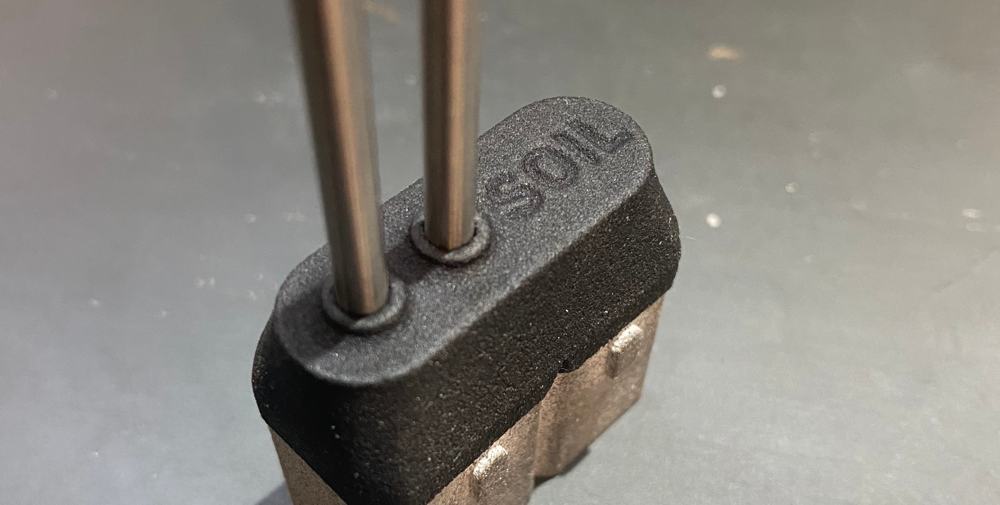We told our injection molding partner to stop tool production—if there was anything to stop—and requested our deposit back.
It’s a shame. I picked a local molder because I wanted a quick iteration loop, but it turned out they didn’t have the expertise here and they ended up being an intermediary between me and a very unresponsive mold maker. I don’t know what’s going on there, that the mold maker did not even start our work after several months of waiting, but the molder wasn’t able to manage that relationship for us.
Multi Jet Fusion for production

What made cancelling this possible was a viable alternative production method. I’ve been using MJF printing for our prototyping, and been very happy with the quality. If you forgot, MJF is like selective laser sintering but instead of fusing with a laser, binder is sprayed with something like an inkjet printer head (it’s an HP technology). This ends up being faster and therefore less expensive, with better quality, in my experience. And the parts are strong and functional, being used in production prostheses, aircraft and other applications with higher stresses than ours.
The price is as good as it gets for additive printing, which is still much, much higher than injection molding per part, but offset by needing no tooling. We’ll be paying more in the long run, but right now we want to get this production run shipped. It still took time and negotiation to find a printing facility that could give us the quality and price that makes this work. But unlike injection molding, our volume is high for additive manufacturing, and the difference is apparent in customer service. Nice for a change.
I’m adjusting a few things in the design for the different production method to 1) get those costs down (whereas injection molding costs are driven by the complexity of the parts and therefore tooling, printed parts are driven by material volume), and 2) make sure I’m comfortable with the part performance with a new process. MJF can’t do the same level of detail and tolerances as injection molding, so it’s not as simple as giving them the same 3D files. I’ll have notes to share here after I get the printed parts that are on order right now.

One downside is that we have few color/material/finish choices. The rugged texture of MJF suits Pickup’s outdoor work well, but unfortunately we most likely won’t be able to get it in yellow, and will use this matte black instead. But there are fewer geometry constraints in additive printing, and so we should be able to do some things we couldn’t with injection molding. Between additive technology and being a US producer that we’ve used before, I’m finally getting the quick iteration I wanted.
Crossposted from Pickup Kickstarter update #16